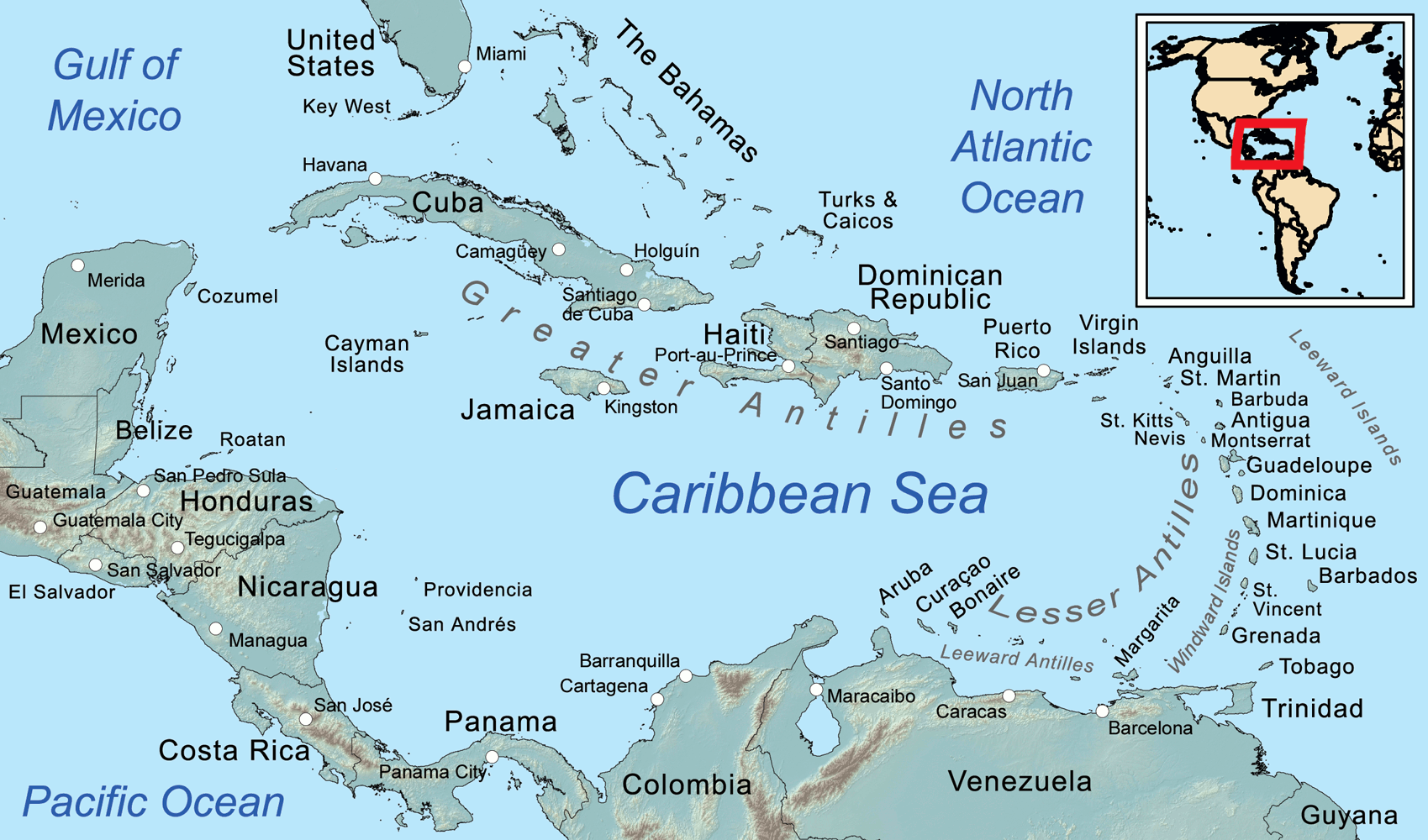Natural Disaster Support
“Mama, when do you think help will come?”
“Soon, sweetie. Be brave.”
Dark clouds may still rumble in the distance as they recede…
The dust and rubble may have barely settled after the tremors stopped…
The haze of smoke may still hang heavy in the air as the fading embers of a blaze smolder…
But even as survivors begin to emerge from their shelters and take stock of their new situation……a cavalry of volunteers is already on their way with water, food, medicine, supplies, tools – and just as importantly, comfort and hope.

Hours Matter When a Disaster Strikes
Before the water runs out. Before the food runs out. Before disease spreads. Sometimes the need is to bring materials in…sometimes the need is to get refugees out.
Whatever the need may be, our volunteers and aircraft provide an agile response during those first critical hours – even before the ports reopen. Even before the jets can get back on the runways. Even before the trucks can get through.
This aid allows victims to have safe, sanitary & stable shelter until materials and workers for permanent repairs can even arrive.
When victims are stabilized and strengthened, they can in turn be helpful and supportive of their neighbors. It has a powerful ripple effect.

When these ones see real help, they have real hope. Their will to endure and even thrive in the face of adversity is strengthened.
VOLUNTEERS SUPPORTED
FUNDS
RAISED
Millions
FLIGHTS
SUPPORTED
OUR
MISSIONS
RELIEF
SUPPLIED
Pounds
Experiences
Our experiences in Puerto Rico, St Thomas, Tortola, Turks & Caicos, Abaco, Grand Bahama, the Florida Keys, Florida and Georgia have shown that rapid response saves lives. When compassionate and practical help comes quickly, victims know they’re not alone.
